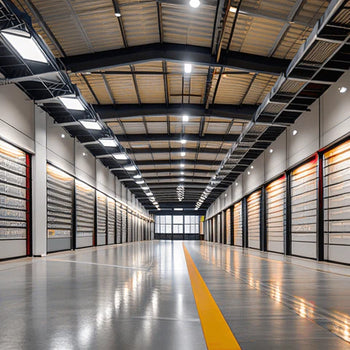Understanding LED Compatibility: Common Issues and How to Troubleshoot Them
Body
As the world increasingly shifts towards energy-efficient lighting solutions, understanding LED compatibility issues becomes essential for both consumers and professionals. This article delves into the common challenges associated with LED lighting and offers practical solutions to ensure optimal performance.

What Are LED Compatibility Issues?
LED compatibility issues arise when LED bulbs are used with fixtures or dimmers that are not designed to accommodate them. These problems can manifest in various ways, including flickering lights, buzzing sounds, or even complete failure to illuminate. Understanding the root causes of these issues is crucial for effective troubleshooting.
Common Symptoms of LED Compatibility Issues
- Flickering: This is often caused by incompatible dimmers.
- Buzzing: A common issue with older dimmer switches.
- Inconsistent Brightness: This can occur when using multiple LED bulbs with varying specifications.
- Complete Failure: Some fixtures may not support LED technology at all.
Identifying the Source of LED Compatibility Issues
To effectively address LED compatibility issues, it is important to identify the source of the problem. Here are some key factors to consider:
- Fixture Type: Ensure that the fixture is rated for LED use. Not all fixtures are compatible.
- Dimming Capability: Check if the dimmer switch is compatible with LED bulbs. Many older dimmers are designed for incandescent bulbs.
- Wattage Ratings: Verify that the wattage of the LED bulb does not exceed the fixture's rating.
"Using the right dimmer switch can significantly enhance the performance of your LED lighting." - Lighting Expert
Solutions for Common LED Compatibility Issues
Once you have identified the source of the problem, you can take steps to resolve it. Here are some solutions:
- Upgrade Dimmers: Consider replacing older dimmers with modern, LED-compatible options.
- Use Compatible Fixtures: Ensure that your fixtures are designed for LED bulbs.
- Check Bulb Specifications: Always match the bulb's wattage and voltage to the fixture's requirements.
Conclusion: Ensuring Optimal LED Performance
Understanding LED compatibility issues is vital for anyone looking to transition to LED lighting. By recognizing the symptoms and identifying the sources of these issues, you can take proactive steps to ensure optimal performance. Remember, the right combination of fixtures, dimmers, and bulbs will not only enhance your lighting experience but also contribute to energy savings.
For more information on LED products, consider checking out the latest LED lighting solutions.

For a visual guide on troubleshooting LED compatibility issues, watch this informative video: LED Troubleshooting Guide.










Comments